Safety And First Aid - CBSE Worksheets
| Table of contents |

|
| Multiple Choice Questions (MCQs) |

|
| Fill in the Blanks |

|
| Name the following |

|
| True & False |

|
| Match the following: |

|
| Short Answer Questions |

|
Multiple Choice Questions (MCQs)
1. Which of these can give you an electric shock?
(a) Matchsticks
(b) Damaged electric wire
(c) Knives and scissors
(d) Medicines
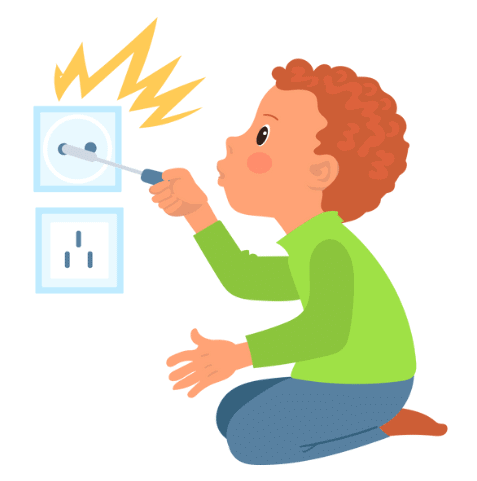
2. Which colour of traffic light tells us to stop?
(a) red
(b) yellow
(c) green
(d) blue
3. In which of these cases will you take care not to move the injured person?
(a) minor burn
(b) minor scratch
(c) broken bone
(d) bleeding wound
4. Wire netting is used on doors and windows to keep away
(a) insects
(b) sunshine
(c) polluted air
(d) thieve
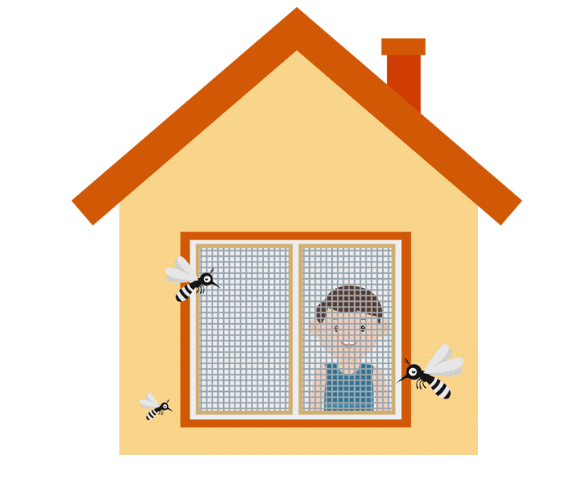
5. On which side of the road should you drive your bicycle?
(a) left
(b) right
(c) centre
(d) on the zebra crossing only
Fill in the Blanks
1. We should never touch a ______ wire as it can give us an electric shock.
2. The first help given to an injured person is called ______.
3. We should always walk on the ______ while going on the road.
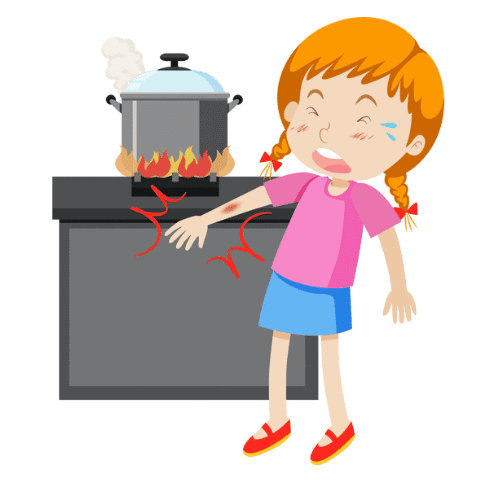
4. Windows and sunshine help keep our house clean by killing ______.
5. If someone gets a burn, we should put the burnt area under ______ water.
Name the following
1. You should keep to this side of the road when riding a bicycle.
2. A useful thing that can give you a dangerous shock if you are not careful with it.
3. A system which carries away dirty water from the bathroom.
4. A sharp instrument that must be used carefully.
5. The first help that an injured person needs.
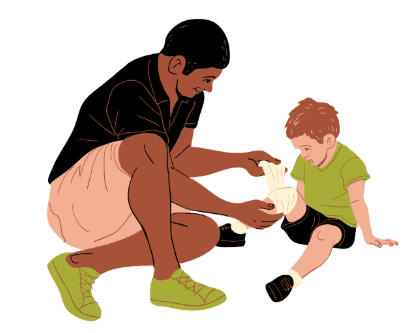
True & False
1. You should run in the classroom to reach your desk quickly.
2. Letting sunshine into the rooms is important as it kills germs.
3. The green traffic light tells us to go, while the red light tells us to stop.
4. If someone has a burn, putting a bandage around the burn will give relief.
5. Germs mainly live and grow in the kitchen, toilets and garbage bins so only these should be cleaned every day.
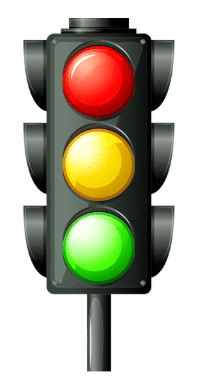
Match the following:
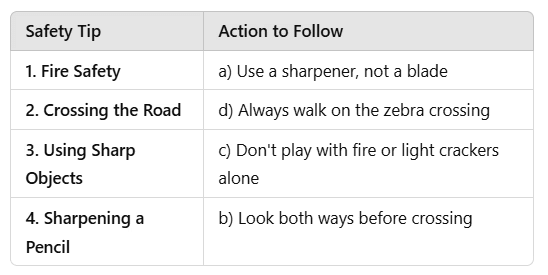
Short Answer Questions
a) List five things in your home that can be dangerous.b) How can you avoid accidents on the playground?
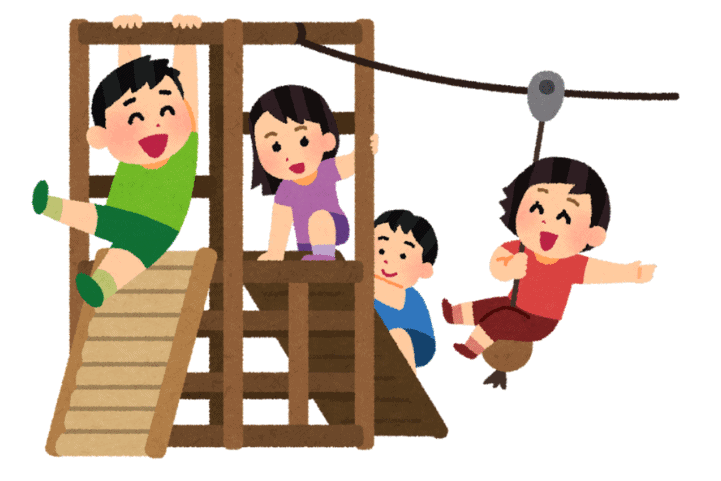
c) Why are the following things important in a house?
(i) Windows
(ii) Proper drainage system
(iii) Open spaces
d) What will you do before crossing a busy road?
e) What will you do if someone is injured in an accident?
You can access the solutions to this worksheet here.
|
20 videos|121 docs|32 tests
|
FAQs on Safety And First Aid - CBSE Worksheets
| 1. What are the essential items to include in a first aid kit? |  |
| 2. How can I perform CPR on an adult? |  |
| 3. What should I do if someone is choking? |  |
| 4. How do I treat a burn at home? |  |
| 5. When should I seek professional medical help for an injury? |  |
















